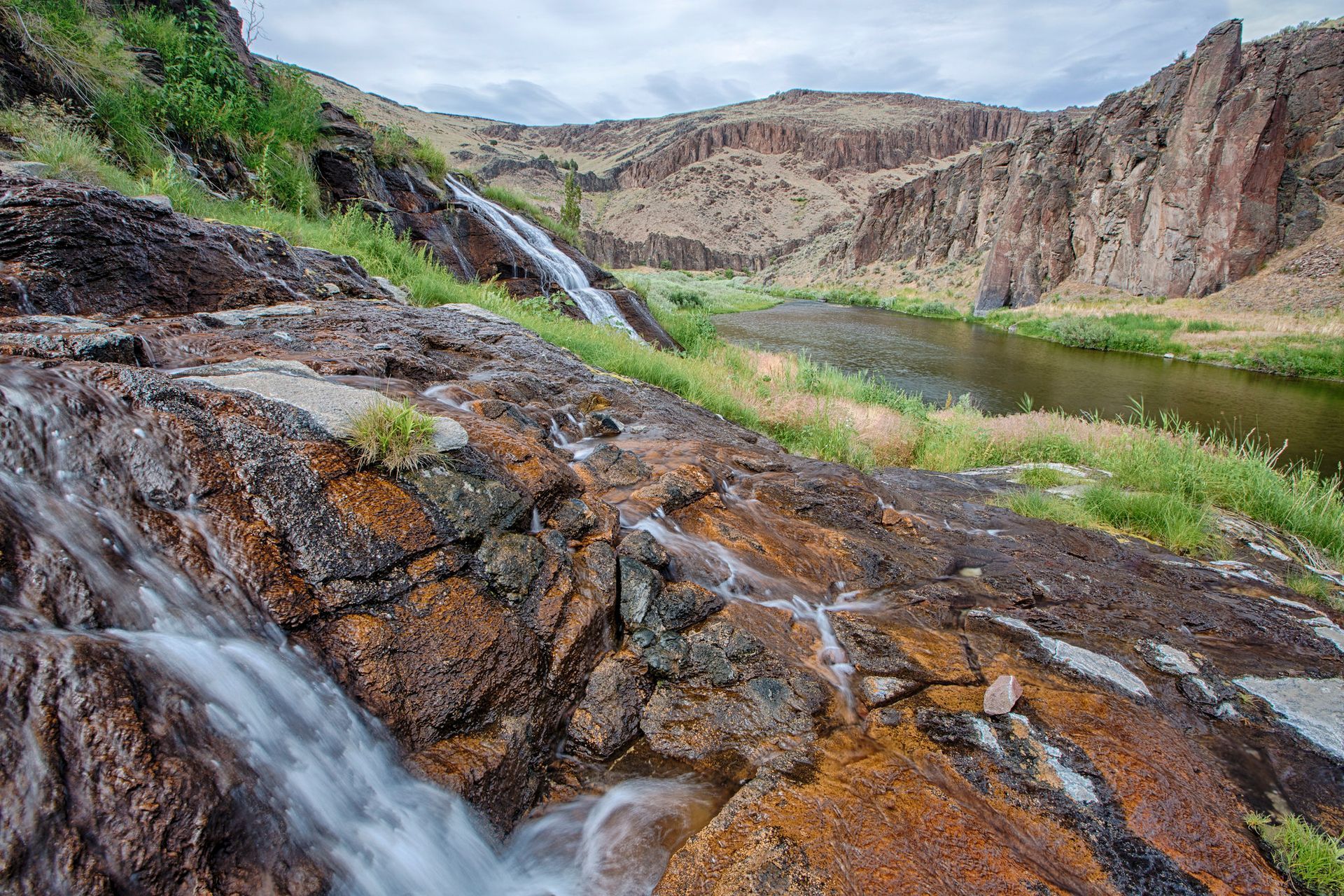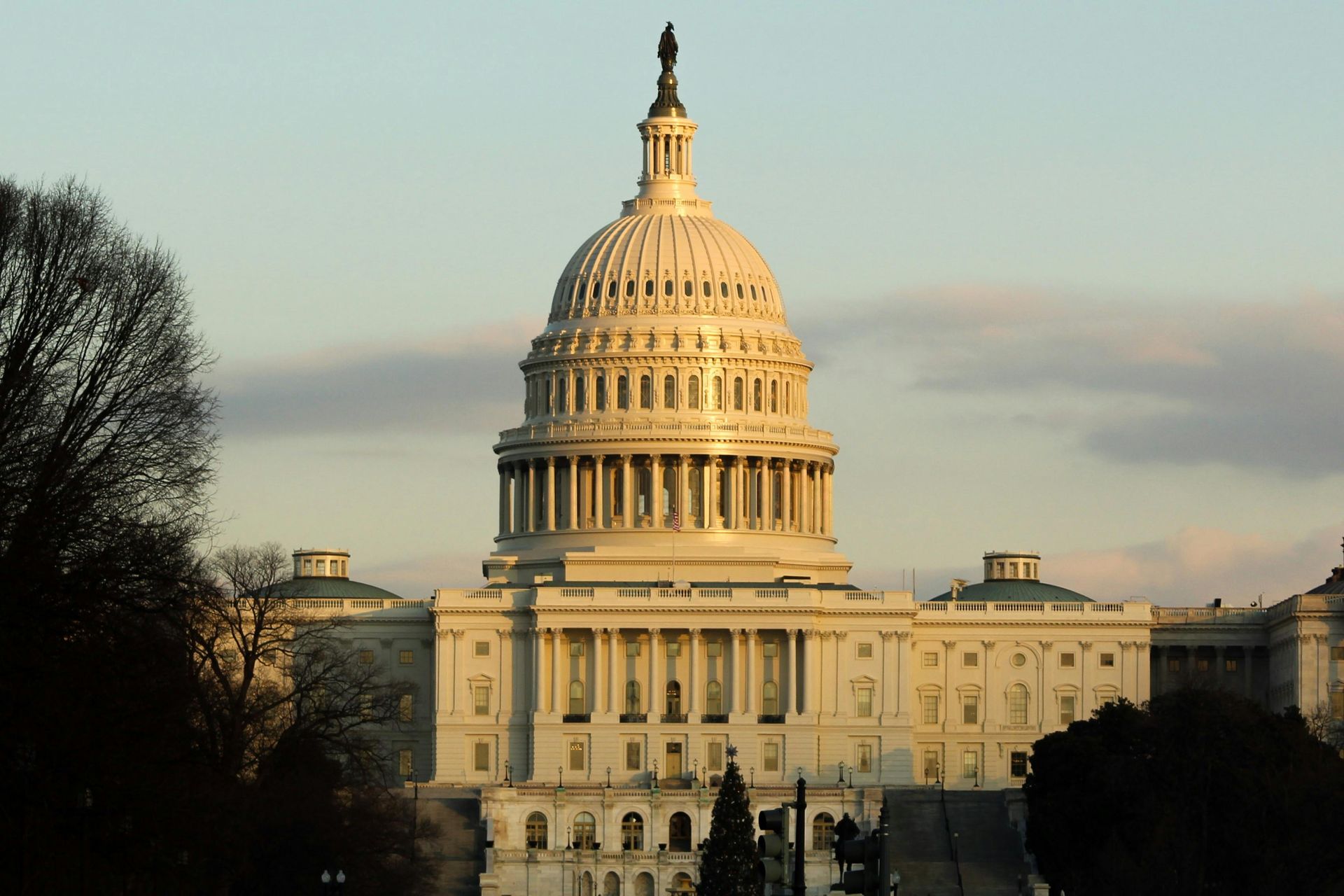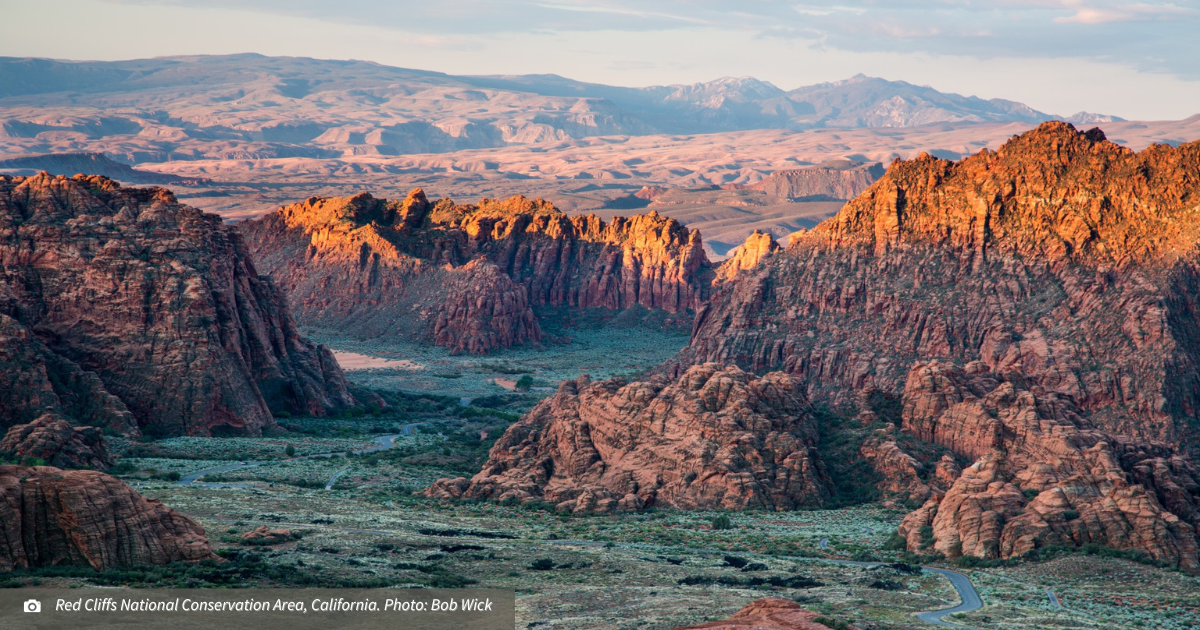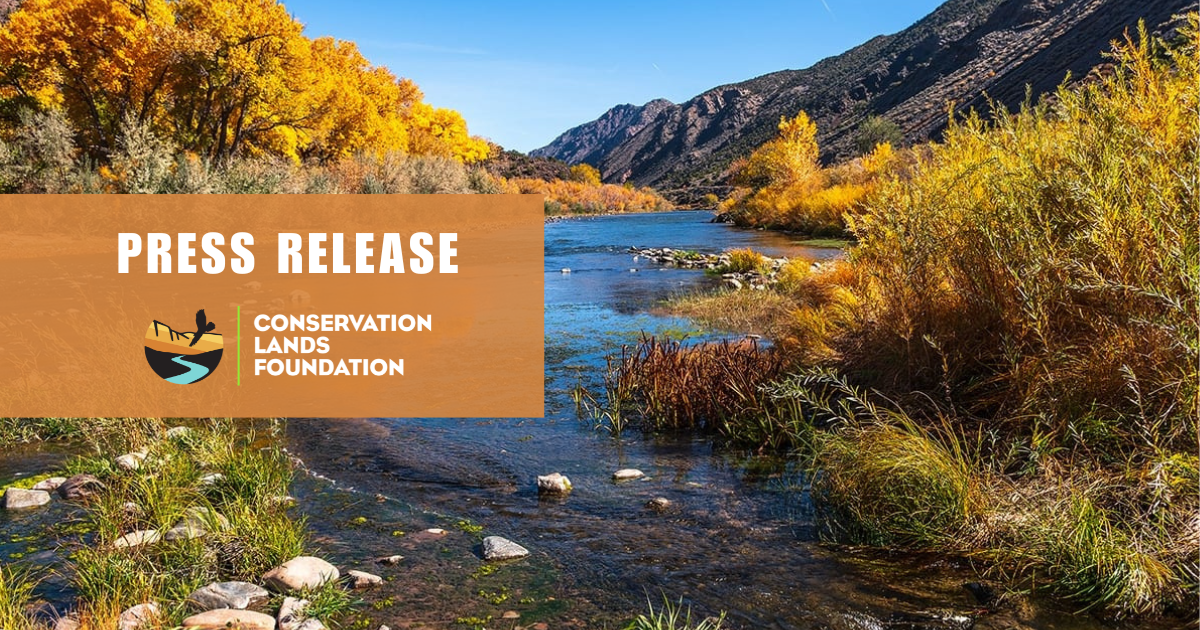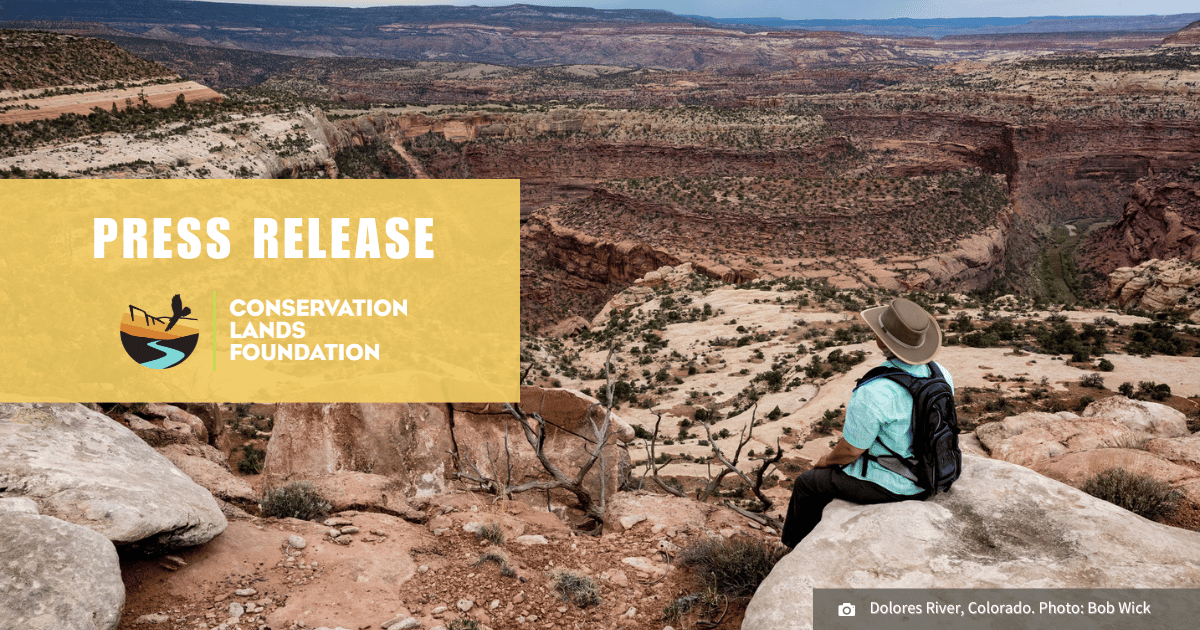Conservation Lands Foundation Corrects Outrageous Misinformation in House Natural Resources Subcommittee Hearing on Public Lands
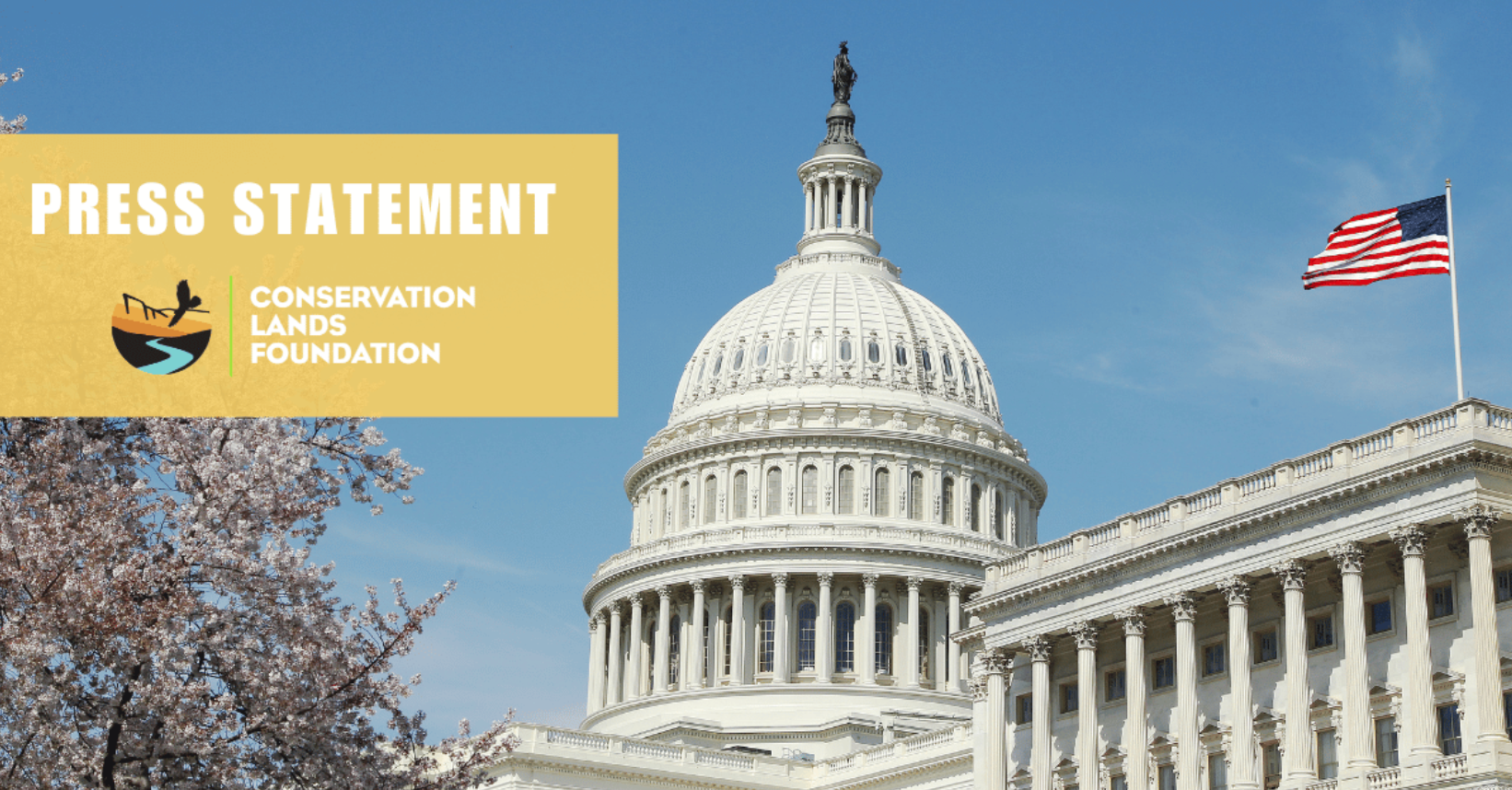
Conservation Lands Foundation Corrects Outrageous Misinformation in House Natural Resources Subcommittee Hearing on Public Lands
A rebuttal to the start of the biggest sell-off of public lands in the country’s history
Washington, D.C. — Today, the House Natural Resources Federal Lands Subcommittee held a hearing on "Restoring Multiple Use to Revitalize America's Public Lands and Rural Communities,” which spread misinformation in service of an agenda to sell off America's public lands to the wealthy and well-connected – effectively blocking access to regular Americans for hiking, camping, hunting and fishing.
Below is a statement from Jocelyn Torres, Chief Conservation Officer of the Conservation Lands Foundation, in response to today’s hearing:
“Today's House Natural Resources Federal Lands Subcommittee revealed that they know America doesn’t face an energy crisis that only public lands can solve. Featured witnesses instead spun up a truth crisis and set the table for the biggest public lands sell off in the country’s history.
“By presenting outrageous claims about public lands management and popular conservation tools, they are willfully ignoring three facts: the majority of voters overwhelmingly support protecting natural resources on public lands; the U.S. is already the world's largest producer of oil and gas; and there’s plenty of public lands available for energy development. The country doesn't have to choose between the environment and the economy, and gutting public land protections won’t lower the cost of groceries.”
THE FACTS ABOUT AMERICA'S PUBLIC LANDS:
- Americans Overwhelmingly Support Conservation: 70% of voters across party lines prioritize protecting natural resources on public lands
- Public Lands Rule Has Massive Public Support: 92% of public comments submitted to the Bureau of Land Management supported the Public Lands Rule
- Majority of BLM Lands Already Open for Development: Roughly 85% of BLM lands are currently available for oil and gas development, with nearly half of existing leases not being used
- Northern Corridor Highway Environmental Impact: Scientific analysis confirms the proposed highway through Red Cliffs National Conservation Area in Utah would destroy critical desert tortoise habitat, increase wildfire risk and violate five federal environmental laws
- Congressional Underfunding Reality: Decades of systematic underfunding by Congress has hampered the Bureau of Land Management’s ability to manage public lands, while Congress criticizes the very problems it created
“Members of Congress have a legal and moral obligation to present facts to the American people and to seek meaningful bipartisan solutions for the lands and waters that communities rely on. The Conservation Lands Foundation will continue to advocate for fact-based public land policy that serves all Americans, not just the wealthy few.”
####
